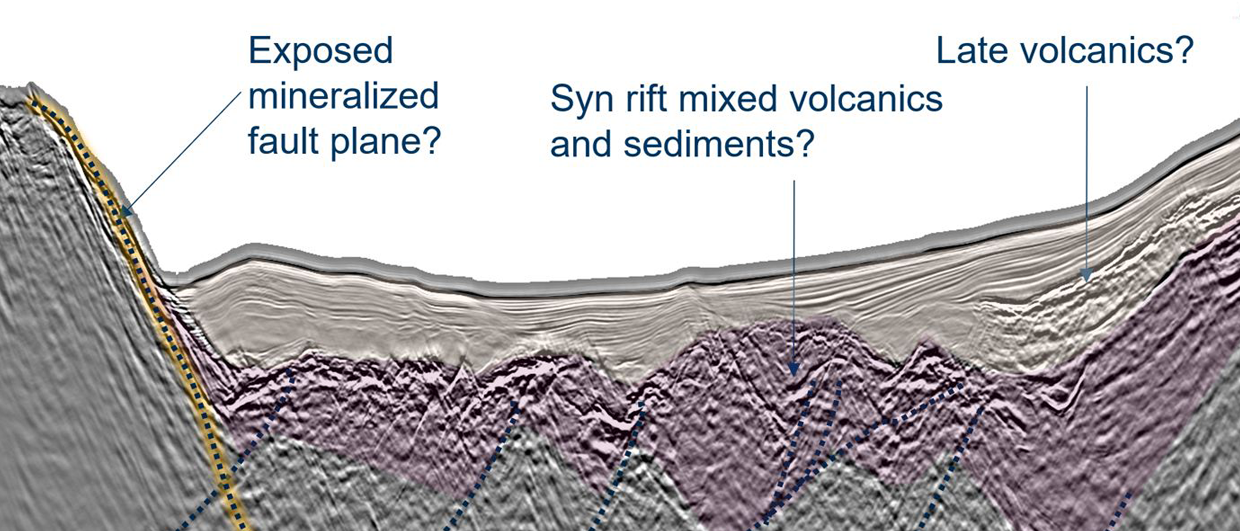“The most interesting test for our technology is the upcoming drilling campaign near the Wisting discovery in the Barents Sea”, said Martin Hansen, Daniel Baltar and Friedrich Roth from EMGS at the EAGE Conference last week. Martin points to the resistive anomalies at the cross-section near Wisting, which can be an indication for the presence of hydrocarbons in the shallow subsurface, as it was for the Wisting discovery itself. And Martin and his colleagues were right; this week the NOD announced a gas discovery near Wisting by Aker BP, even though the volumes are not overly impressive: between 3.3 and 4.7 MMboe.
Hydrocarbons in Wisting were found at very shallow depths, in clastic sediments. The top of the reservoir in exploration well 7324/8-1 was found at 237 m below the sea floor, with water depth being 400 m. Ideal for a technology like EM, as it is the relatively shallow prospects in siliciclastic reservoirs that form a good candidate for the technology. A resistive body does not necessarily mean the presence of a hydrocarbon-bearing accumulation though, and a false positive can also be caused by the presence of heavily cemented intervals or mature source rocks.
To stay in the shallow exploration domain, EMGS acquired a multi-client survey to the east of the Johan Sverdrup field in the North Sea earlier this year, with the aim to de-risk shallow gas prospects that may have been overlooked so far. “It is testament to the search for the more unconventional hydrocarbon plays”, says Daniel.
The company also looked at EM data from the Barents Sea area where Vår Energy recently completed the Venus well. There is no resistive body to be seen in the area where the well was drilled. Given the success rate of EM anomalies corresponding with hydrocarbon finds in the basin, one wonders if Vår Energy considered EM during the de-risking process. “As clearly demonstrated by previously drilled prospects in the basin such as Grind, Gabriel, Sandia and Mist (and several other wells prior to that), you will not find commercial volumes when drilling on an EM negative,” specialist Lodve Berre, who worked for EMGS, said in this article published in 2021.
At the same time, the question can be asked – does the absence of an EM anomaly always automatically disqualify a prospect? “It may not always be as straightforward as you would think”, said a market analyst to me at the EAGE conference. For instance, in some cases the prospect can be simply “too big not to be drilled”, according to the analyst. “The chance of success may have been reduced from 10% to 1% as a result of the lack of an anomaly, but the size of the price may still be so significant that a company could decide to go for it regardless.”




